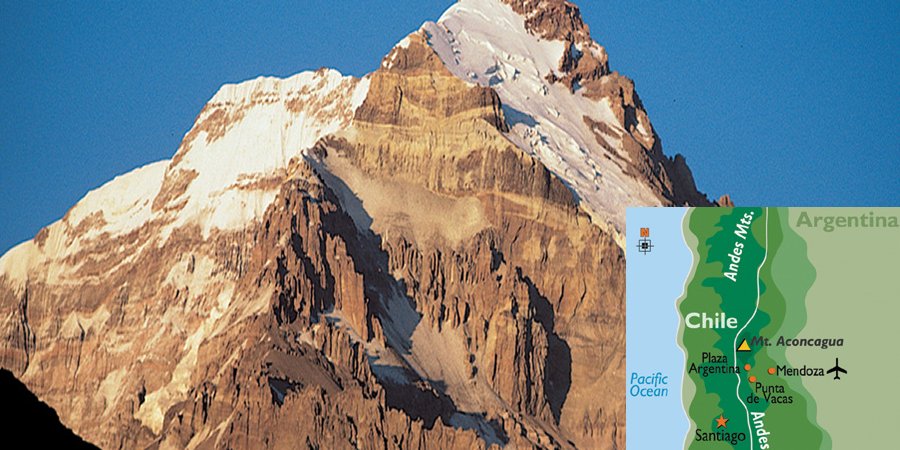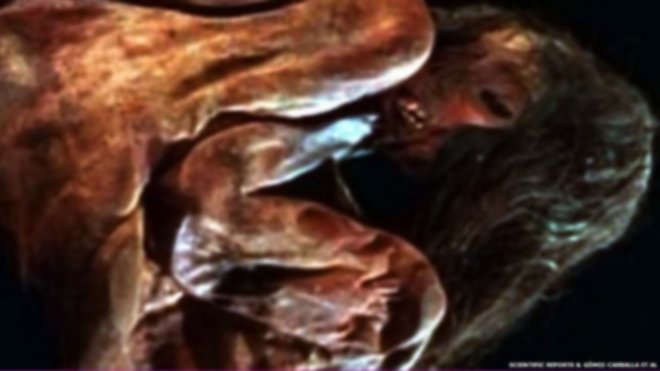MessageToEagle.com – Scientists have unravelled part of the genetic code of a child who was sacrificed in a ritual ceremony by the Inca civilisation 500 years ago. The boy’s mummified remains were discovered on an Argentinean mountain.
Analysis of his mitochondrial DNA, which is passed from mother to child, showed that the boy’s closest living relatives are in Peru and Bolivia, ‘ BBC reports.
He belonged to a population of native South Americans that almost disappeared after the Spanish conquest. Researchers in Spain were given permission to extract mitochondrial DNA from the seven-year-old boy to study part of his genome.

By comparing his genetic code with hundreds of thousands of samples held in genetic databases, they found his genetic profile was very rare.
One match was to DNA from an individual belonging to the ancient Wari Empire, which ruled the Andes long before the Incas. And three were to modern-day people living in Peru and Bolivia.
Lead researcher Antonio Salas, a geneticist at the University of Santiago de Compostela, said the data suggested that the boy’s genetic line is nearly extinct in modern-day people but was probably more common at the time of the Incas.
“It is well-known that the effective population size was severely reduced at the arrival of the Spanish conquerors (due, for example, to epidemics caused by pathogens brought by Europeans, such as influenza),” he said.
“An important amount of the variability of these populations could have disappeared at the time of this contact.

“It is very informative the fact that we found a member of the Wari civilisation (which overlapped in space and time with the Incas) carrying a profile very related to the mummy’s lineage; then suggesting that this lineage might be more frequent at the time at these latitudes.”
Ancient DNA has been retrieved and analysed from only a small number of mummies, including the prehistoric Tyrolean Iceman and a handful of Inca sacrifice victims.
The study, published in the journal, Scientific Reports, is thought to be the first to investigate the complete mitochondrial DNA of an Inca mummy.
Prof Salas is now working on the complete nuclear genome of the boy and also hopes to sequence the DNA of microbes inside his gut.
“The important point of this project is that this mummy is very special, because of his unique anthropological characteristics and because it is very well-preserved,” he added.
“We have now material for more ambitious projects with this mummy; and we can take advantage of new technological developments in the field of genomics and bioinformatics.”
Child sacrifice, known as capacocha, was performed during the reign of the Incas in South America. Children were taken to high mountain peaks where they were killed or left to die. The boy was discovered in 1985 by mountaineers on Aconcagua mountain in Argentina. His body had been wrapped in cloth and was surrounded by six small statues.
MessageToEagle.com
source: BBC






